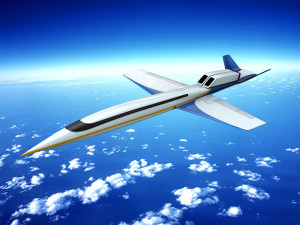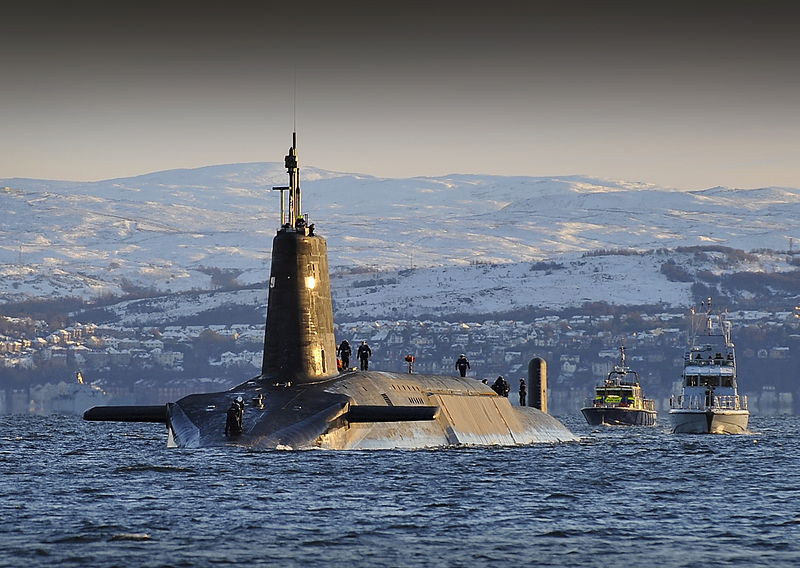In less than ten years, travelers will once again have the option to travel at supersonic speeds across various skies. At its cruising altitude, a passenger jet must travel at about 675 mph to reach the speed of sound (Mach 1). Once the aircraft breaks the sound barrier, it creates a shockwave that earthbound individuals hear as a thunder-like boom. The Concorde, for example, reached a cruising speed of Mach 2.02 and created a sonic boom with a perceived decibel level (PLdB) of 105. That’s a high enough level to rattle windows. Indeed, the Concorde lost some of its financial viability when it was barred from flying supersonically over land because of its noisy boom. Innovators have therefore been developing supersonic jets for commercial travel that either have quieter booms—sub-75PLdb is the goal— or exploit ways of flying supersonically over land without any boom.
[youtube height=”275″ width=”450″]http://www.youtube.com/watch?v=g474ItNMMBs&t=18%2C[/youtube]
Spike Aerospace, a Boston-based engineering firm, plans to debut its $80 million S-512 in December 2018. With average speeds of Mach 1.6-1.8 (1060-1200mph), the jet will be able to carry up to 18 passengers from Los Angeles to Tokyo in about half the time that today’s commercial airlines can. The Nevada-based Aerion Corporation, for its part, hopes to unveil an equally fast business jet within five years. And, if HyperMach succeeds in launching the Mach 4 SonicStar in 2021, then some travellers will soon be able to take one-hour trips from New York to London.
Of course, these are all small business jets, which will likely be out of reach for the majority of travelers. There are also two challenges that will be distinct to larger commercial jets. First, it will be more difficult to quiet the boom on the larger, and heavier, commercial jets because the boom is proportional to aircraft weight. Secondly, as Jason Paur suggests, because the majority of the flying public prioritizes affordability over travel time, today’s airline business prioritizes fuel efficiency over speed. Paur alerts readers to the fact that, at 550 mph, the average cruising speed of today’s commercial jets is actually slower than that of commercial jets from 50 years ago, which averaged a cruising speed of 600 mph.

Nevertheless, the supersonic business jets will forerun much larger supersonic aircraft that will be operated by major airlines. NASA, in concert with Boeing, is making speedy progress on the development of a 30-80 passenger aircraft that can achieve much quieter booms. And Boeing reports that more advanced technologies could soon enable supersonic aircraft to combine the benefit of speed with fuel efficiency, therefore making such aircrafts “viable economically and environmentally, in multiple markets.”
So, even though most industry observers believe that it will be 25-50 years before supersonic travel is affordable for the majority of travelers, the race to reintroduce supersonic travel has reached a fever pitch. Furthermore, it stands to reason that the introduction of the S-512 and its competitors will spur faster development of airliners that can affordably whisk hundreds of Torontonians to Sydney in an afternoon.




